Udon is a favorite dish in Japan, but did you know about one special type called Sara Udon? It’s a unique twist on the traditional udon noodles that brings a whole new flavor and style to the table. In today’s article, let’s uncover the story behind it and what makes it stand out among other Japanese dishes.
What is Sara Udon?
Sara Udon, a celebrated dish hailing from Nagasaki, Japan, holds a prominent place in culinary culture nationwide. What distinguishes Sara Udon is its composition—a medley of thick noodles, vibrant vegetables, and a rich, savory sauce. Unlike its counterparts, the noodles in this delicious dish undergo a unique grilling process, yielding a distinct texture that sets it apart from the commonly encountered crispy noodles.
In Nagasaki, locals draw a clear line between the traditional “thick noodle dish udon,” referring to Sara Udon, and the more contemporary “thin noodle dish udon,” which features crispy noodles accompanied by Gomoku sauce. The name “Sara Udon” is believed to originate from the unconventional practice of serving noodles on a plate instead of the customary bowls or deep vessels, a departure from tradition that piqued curiosity and interest.
History of Sara Udon
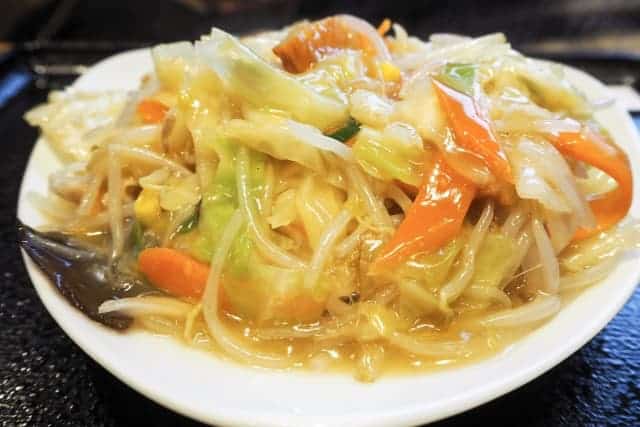
Sara Udon’s Origins in Nagasaki
Sara Udon, a delicious collaboration between Japanese and Chinese culinary influences, embodies the shared history and climate of Nagasaki. Nagasaki, the sole open port during Japan’s isolation, welcomed foreign cultures, nurturing its distinct culinary heritage. Among these culinary delights, Champon and Sara Udon emerged as signature Nagasaki dishes, representing the flavors of the common people and symbolizing Nagasaki’s unique cultural blend.
The ingredients of Nagasaki Sara Udon mirror those of Champon, featuring a slightly sweet soup thickened with potato starch poured over noodles. Originally prepared with thick stir-fried Champon noodles, Sara Udon’s evolution included two noodle types—oil-fried thin noodles and thicker noodles—reflecting its historical development.
Cross-Cultural Development
During the late Edo period, the opening of Nagasaki led to Chinese individuals venturing into the city, establishing small Chinese eateries. Sara Udon, a product of collaboration between Japanese and Chinese cuisines, benefited from Nagasaki’s abundant seafood and the fusion of foreign tastes with traditional Japanese culinary practices.
In the Meiji period, Chinese restaurants offered this amazing dish at an affordable price, featuring abundant vegetables and seafood, appealing to a wide audience. Despite its slightly higher cost than Champon due to its complex preparation, Sara Udon’s irresistible flavor, especially its blend of bean sprouts and pork, garnered immense popularity among both youth and older generations.
Craftsmanship of Mirokuya’s Sara Udon
Champon and Sara Udon stand as unique culinary offerings in Nagasaki, deeply enriched by the town’s history and diverse characteristics. These dishes encapsulate Nagasaki’s rich cultural tapestry, reflecting the amalgamation of various influences over time.
Mirokuya’s Sara Udon, grounded in Nagasaki’s history, incorporates unique innovations. Using premium flour, they craft crispy, chewy thin noodles. The soup, brimming with umami from pork and chicken bones with hints of fish and shellfish, promises a nourishing and delectable taste accessible to all, capturing the authentic essence of Sara Udon.
Nutritional Information
Nagasaki Sara Udon, while a flavorful dish, contains a variety of ingredients that contribute to its nutritional composition. The inclusion of vegetables like cabbage, carrots, and bean sprouts provides essential vitamins, minerals, and dietary fiber, promoting digestive health and supporting overall well-being. Seafood components such as shrimp and squid offer valuable protein, along with omega-3 fatty acids beneficial for heart health and brain function.
However, it’s essential to be mindful of certain aspects of this dish. The fried noodles used in this dish may increase the calorie count and carbohydrate content. Additionally, the use of potato starch for thickening might enhance its carbohydrate content.
For individuals watching their sodium intake, it’s crucial to be aware that some ingredients, particularly sauces like soy sauce, can contribute to the dish’s sodium levels.
Balancing it as part of a varied diet ensures enjoyment without compromising nutritional goals. Modifications such as using whole grain noodles or reducing the amount of starchy thickeners can enhance its nutritional profile. Consuming in moderation, accompanied by a range of nutrient-dense foods, remains key to relishing this dish while maintaining a balanced diet.
Sara Udon Q&A
- How did Sara Udon get its name?
-
Sara Udon’s name reflects its serving style. In a time when noodles were typically served in deep bowls, Sara Udon broke tradition by being served on a flat plate (“sara” means plate), distinguishing it from other noodle dishes.
- What distinguishes Sara Udon from Champon, another Nagasaki noodle dish?
-
Sara Udon differs from Champon primarily in its preparation and serving style. While both dishes share similar ingredients, Sara Udon features crispy grilled noodles, whereas Champon typically uses softer, boiled noodles in a savory soup.
How to make Sara Udon?
Ingredients
| Ingredients (for 2 servings) | Amount |
|---|---|
| Pork | 100g |
| Carrot | 30g |
| Cabbage | 120g |
| Kamaboko (fish cake) | 30g |
| Bean sprouts | 100g |
| Shiitake mushrooms | 2-3 sheets |
| Peeled shrimp | 100g |
| Ika (squid) | 100g |
| Fried noodles (Nagasaki Sara Udon) | 2 bags (2 servings) |
| Salt | A little |
| Pepper | A little |
| Salad oil | Appropriate amount |
| Soup: | |
| Soy sauce | 2 teaspoons |
| Chicken bone soup base | 2 1/2 teaspoons |
| Water | 400ml |
| Potato starch | 2 tablespoons |
Instruction
Cut all ingredients into bite-sized pieces. Sprinkle salt and pepper over the pork.
Mix together the ingredients for the soup in a bowl.
Heat salad oil in a frying pan over medium heat. Stir-fry the seasoned pork until its color changes. Add carrots, cabbage, peeled shrimp, and squid, continuing to stir-fry for 2 to 3 minutes. Then, incorporate kamaboko, bean sprouts, and shiitake mushrooms, and stir-fry for a further duration.
Pour the soup mixture (Step 2) into the pan with the stir-fried ingredients (Step 3). Bring it to a boil. Thicken the mixture by adding potato starch. Season the mixture with salt and pepper to taste.
Place the fried noodles on a plate. Pour the prepared mixture (Step 4) over the noodles.
Where to eat Sara Udon?
Shikairou Chinese Restaurant (四海樓)
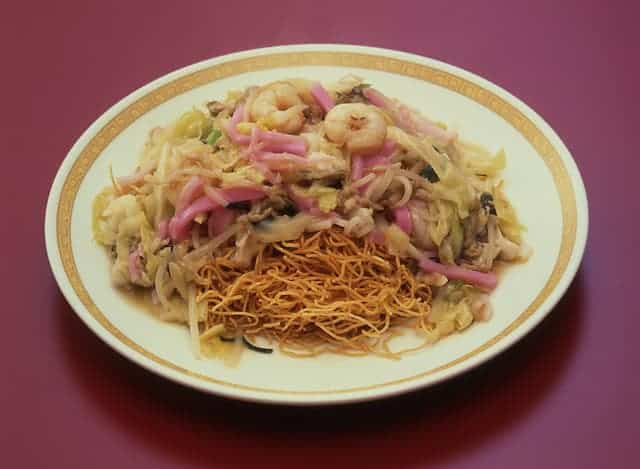
In 1902, the owner started “Shikairo,” a Chinese restaurant and inn. It became famous for creating Champon and Sara Udon. If you dine on the 5th floor, you get a great view from Nagasaki Port to Mt. Inasa. You should visit the “Champon Museum” on the 2nd floor.
Kyokaen (中国名菜 京華園)
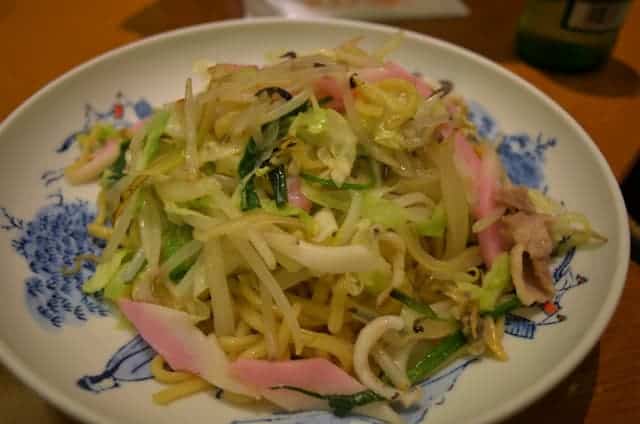
Kyokaen, a store established in 1944, boasts a unique sauce that sets it apart. This special sauce, dry in nature, adds a perfect touch to plate udon, creating a harmonious and exquisite flavor profile.
Kozanro Chukagaishinkan (中国菜館 江山楼 中華街新館)
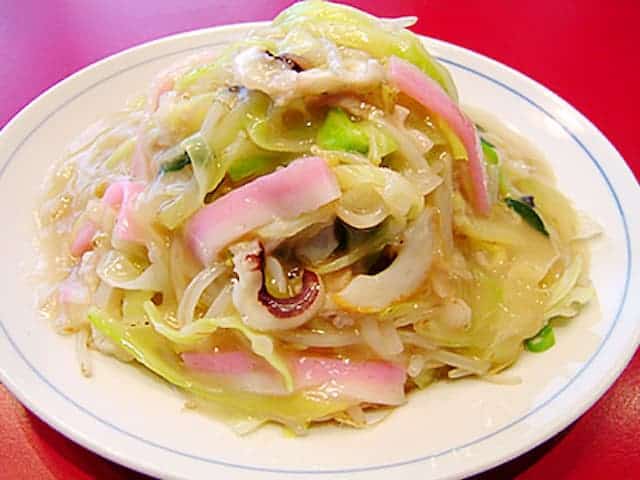
<Kouzanrou>, marking its 75th anniversary this year since its establishment in 1946, comprises a main store and a new branch in Shinchi Chinatown. Step into this historic establishment for a delightful and relaxing dining experience!
Takeaway
Sara Udon, a delicious noodle dish from Nagasaki, has a fascinating story. It all began as a variation of Champon by Shikairo, blending Japanese and Chinese flavors. Explore its roots at the Champon Museum and discover how it’s made with unique tastes. While you enjoy the scenic views at Shikairo, don’t miss trying Kyokaen’s special dry sauce with plate udon. Also, join the celebration of ‘s 75-year legacy in Shinchi Chinatown. Every crispy bite of it tells Nagasaki’s history through its amazing flavors.
If you like this dish, see more related dishes below!
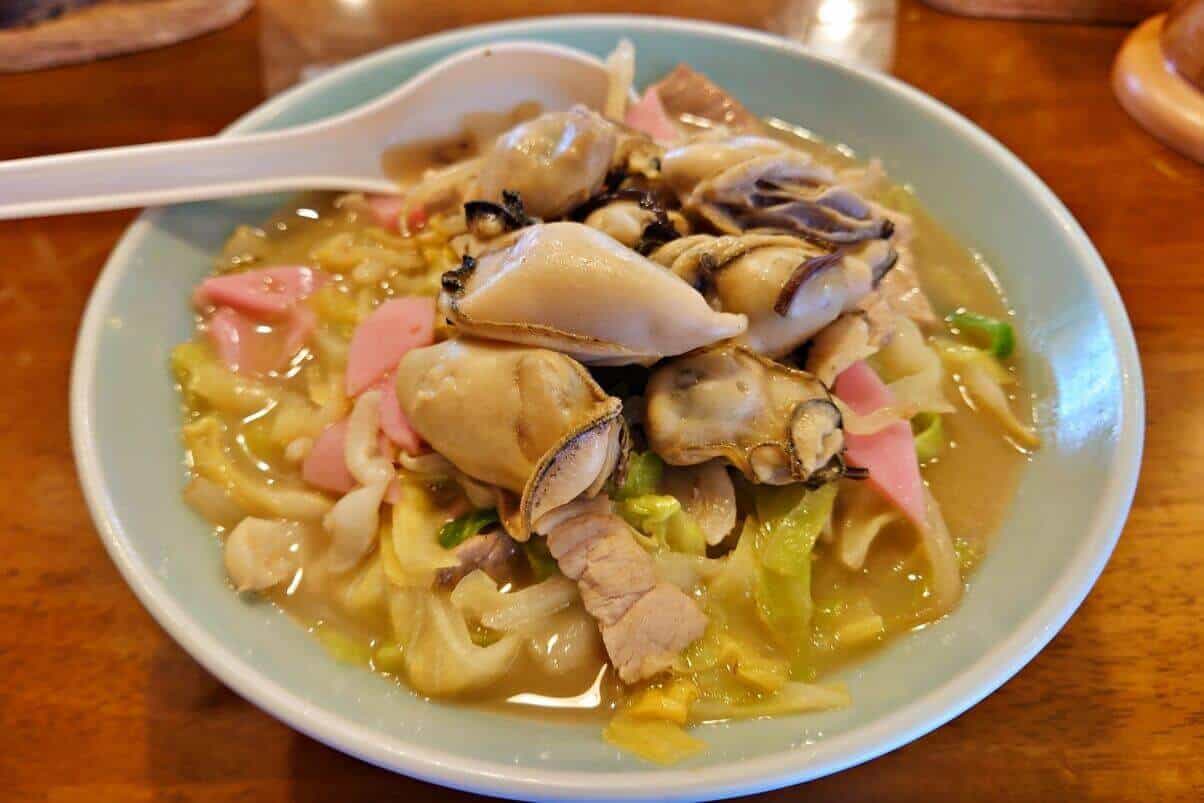
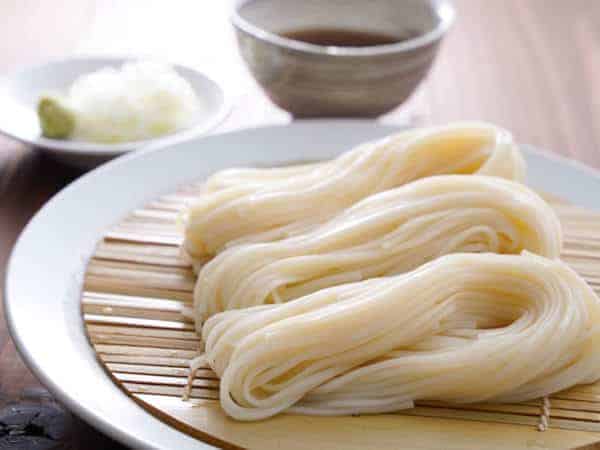
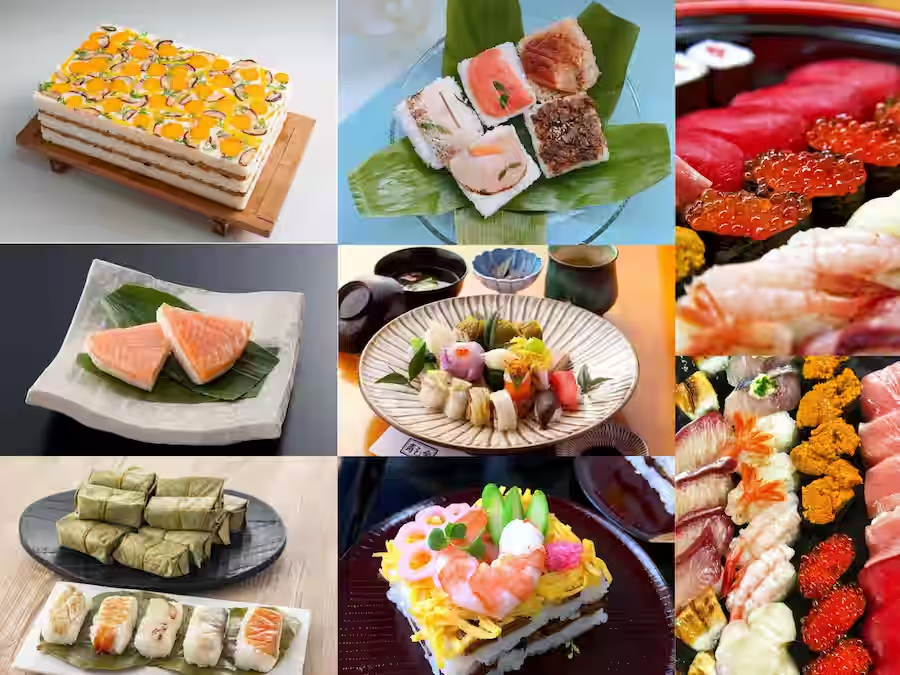
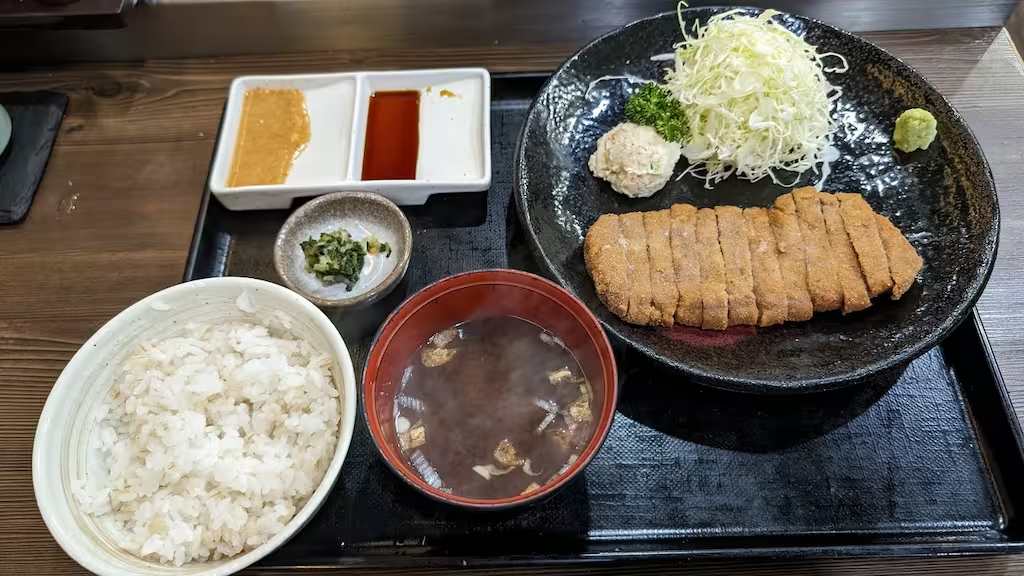
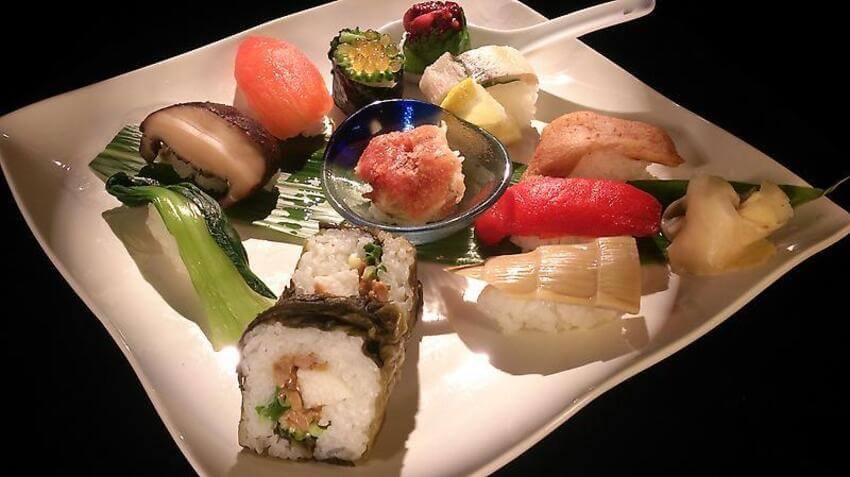



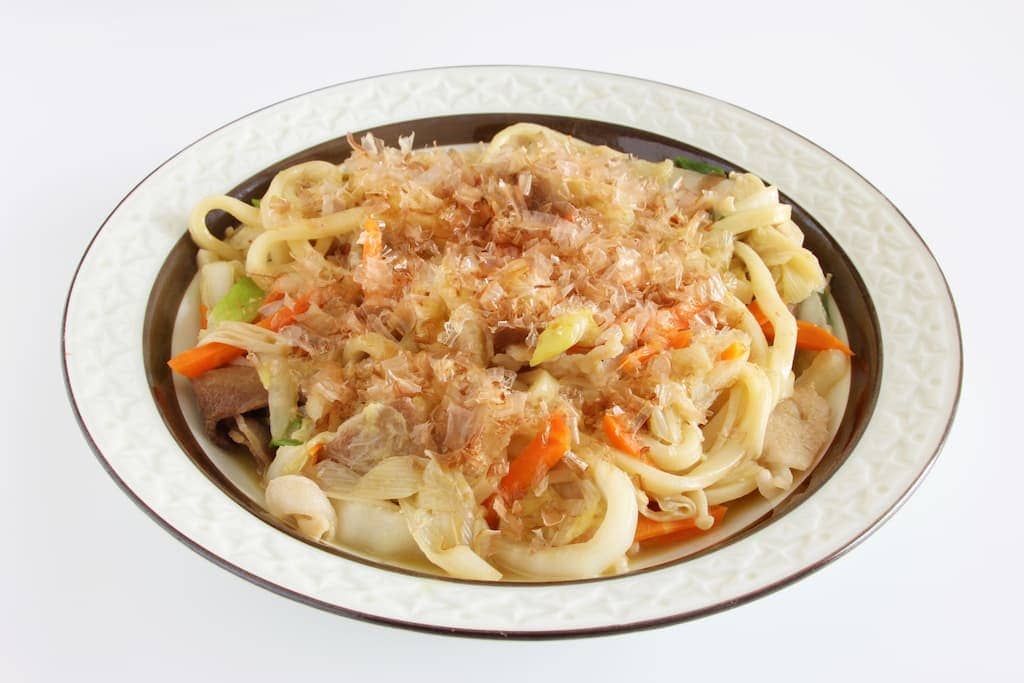
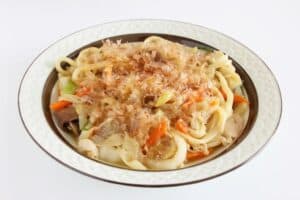
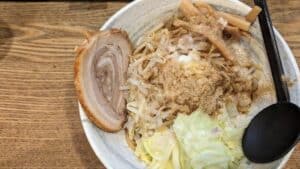
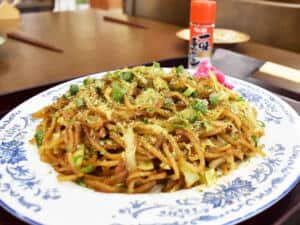
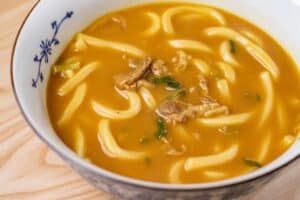
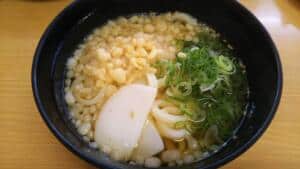
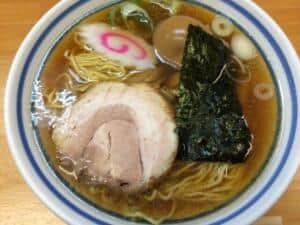
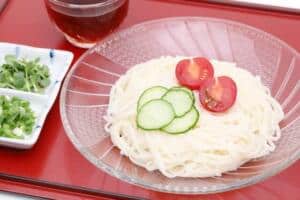
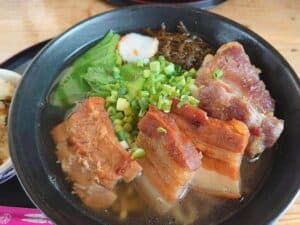
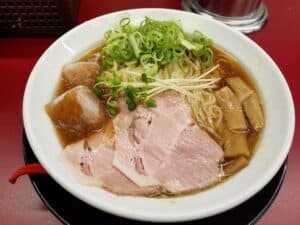
Comments